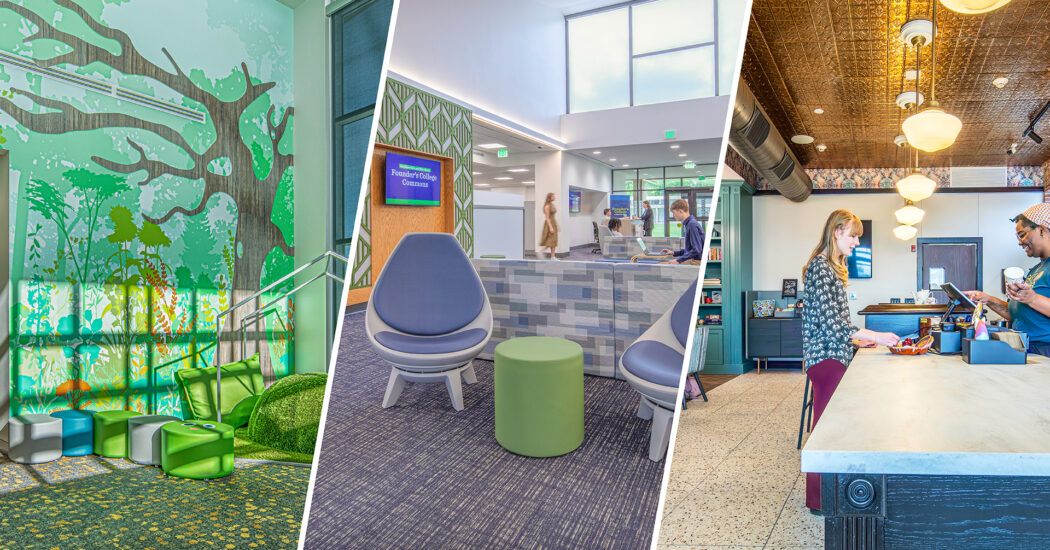Crime prevention through environmental design
-
Category
Studio-Community, Innovation, Leadership -
Posted By
Sarah Hempstead -
Posted On
May 06, 2015
As communities work on neighborhood revitalization, one strategy of note is to deter crime through design. When Schmidt Associates studies opportunities in a neighborhood, we use a variety of crime deterrence design strategies including;
- Natural Surveillance – adding first floor windows onto the street, lowering hedges and fences, providing proper lighting, all provide both the perception and the reality that you are “visible” to others, and enhancing occupant safety while allowing the opportunity to meet neighbors and build community.
- Access Control-Access Control Strategies can be as simple as locking gates, and thorny bushes, to enhancing building access points and vestibules.
- Ownership/Territory Reinforcement – The design of a space can indicate public, private, and semipublic space. This not only creates a sense of Ownership, but it makes intruders more easily identifiable.
- Benches, art, trees, and scheduled activities indicate the purpose and ownership of a space.
- Activity Support- both the scheduling of activity and indicators of activity (signage, etc.), natural surveillance (and the perception of surveillance) can enhance safety across a site and a neighborhood.
- Maintenance- the removal of blight and ongoing maintenance indicates a place that is cared for- where a sense of pride permeates residence, and where crime will not be tolerated.
Crime prevention is the issue of the day in Indianapolis. Environmental design, when properly executed can be a key part of the solution.







